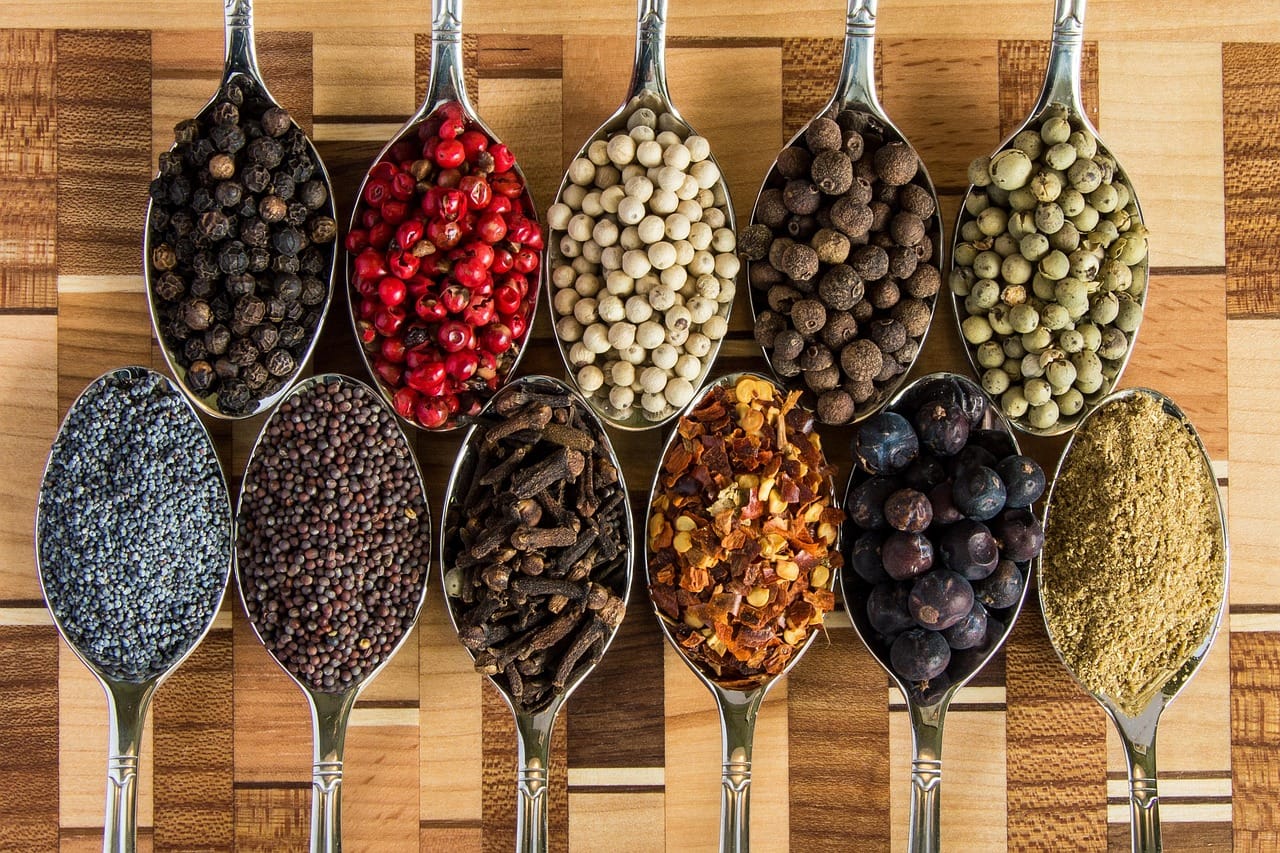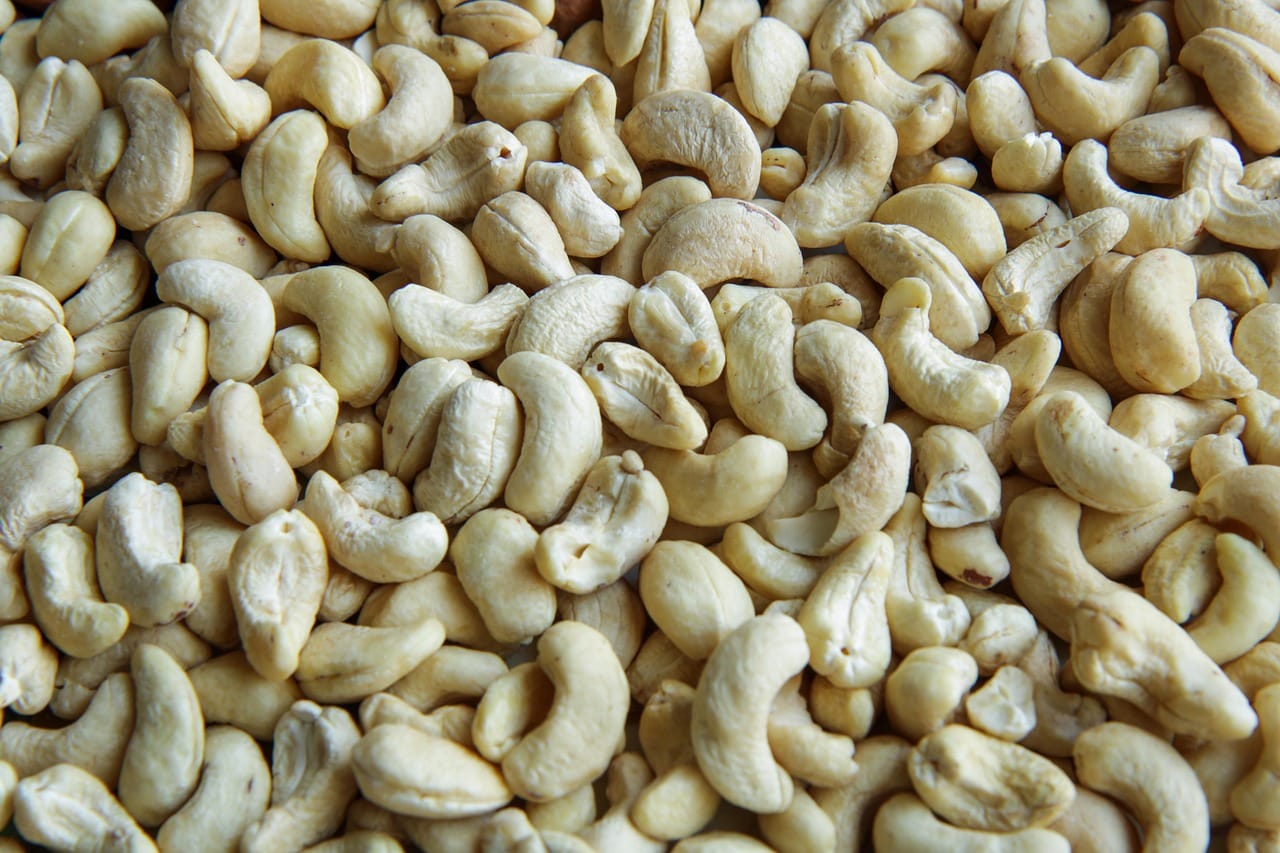The vibrant sizzle of vegetables hitting a hot wok, the aromatic dance of ginger and garlic, and the explosion of colors and flavors – vegetable stir fry is more than just a meal; it’s an experience. This quick, healthy, and endlessly customizable dish is a weeknight warrior’s best friend and a fantastic way to pack in your daily dose of veggies. But crafting the perfect stir fry involves more than just throwing ingredients into a pan. This guide will walk you through the essentials, from selecting the right vegetables to mastering the art of sauce preparation. Get ready to elevate your stir fry game!
Choosing Your Vegetables: A Colorful Canvas
A successful vegetable stir fry hinges on the quality and variety of your ingredients. Consider a balance of colors, textures, and flavors to create a truly satisfying dish.
Selecting the Freshest Produce
- Look for vibrant colors: Avoid vegetables that appear dull, wilted, or have brown spots.
- Check for firmness: Vegetables should feel firm to the touch, not soft or mushy.
- Consider seasonality: Seasonal vegetables are often more flavorful and affordable. Local farmer’s markets are excellent sources.
- Smell: Trust your nose! Fresh vegetables should have a pleasant, natural aroma.
Popular Vegetable Choices and Their Benefits
Here’s a breakdown of some popular stir fry vegetables and their unique benefits:
- Broccoli: Rich in vitamins C and K, as well as fiber. Blanching broccoli briefly before stir-frying helps it cook evenly.
- Carrots: Excellent source of beta-carotene, which converts to vitamin A in the body. Julienned or sliced carrots add a sweet crunch.
- Bell Peppers: Available in various colors (red, yellow, orange, green), each offering different nutrient profiles. High in vitamin C and antioxidants.
- Snap Peas: Provide a satisfying crunch and are a good source of fiber and vitamin C.
- Mushrooms: Add an earthy flavor and meaty texture. Shiitake, cremini, and oyster mushrooms are popular choices. Mushrooms are low in calories and rich in B vitamins.
- Onions and Garlic: Essential for flavor depth. Garlic is known for its anti-inflammatory properties.
- Spinach/Bok Choy: Leafy greens add valuable nutrients like iron and vitamins A and K. Add them towards the end of cooking to prevent them from becoming too wilted.
- Zucchini/Summer Squash: Mild flavor that pairs well with other vegetables. Good source of vitamins and minerals.
Preparation Techniques for Optimal Texture
- Cutting: Cut vegetables into uniform sizes to ensure even cooking.
- Blanching (optional): For denser vegetables like broccoli or carrots, blanching them briefly in boiling water before stir-frying helps them cook more quickly and evenly. This also preserves their vibrant color.
- Dry Vegetables: Pat vegetables dry before adding them to the wok to promote browning rather than steaming.
The Art of the Sauce: Flavor Foundations
The sauce is the glue that holds your stir fry together, infusing every bite with delicious flavor. A well-balanced sauce is key to a truly memorable dish.
Essential Sauce Ingredients
- Soy Sauce: Provides a salty, umami base. Use low-sodium soy sauce to control the salt content.
- Oyster Sauce (optional): Adds a rich, savory depth. A vegetarian alternative is mushroom-flavored soy sauce.
- Sesame Oil: Adds a nutty aroma and flavor. Use sparingly, as it’s quite potent.
- Ginger: Freshly grated ginger adds warmth and zing.
- Garlic: Minced garlic adds a pungent, aromatic flavor.
- Rice Vinegar: Adds a touch of acidity to balance the sweetness and saltiness.
- Sugar (optional): Balances the saltiness of the soy sauce. Brown sugar or honey can be used.
- Cornstarch: Thickens the sauce, creating a glossy coating on the vegetables. Mix cornstarch with cold water to create a slurry before adding it to the wok.
- Chili Garlic Sauce (optional): Adds heat and a savory kick.
Sample Stir Fry Sauce Recipes
Here are two sauce recipes to get you started:
- Classic Stir Fry Sauce:
2 tablespoons soy sauce
1 tablespoon rice vinegar
1 tablespoon honey or brown sugar
1 teaspoon sesame oil
1 teaspoon cornstarch slurry (1 teaspoon cornstarch mixed with 1 tablespoon cold water)
1 clove garlic, minced
1/2 inch ginger, grated
- Spicy Stir Fry Sauce:
2 tablespoons soy sauce
1 tablespoon rice vinegar
1 teaspoon sesame oil
1 teaspoon chili garlic sauce
1 teaspoon cornstarch slurry (1 teaspoon cornstarch mixed with 1 tablespoon cold water)
1 clove garlic, minced
1/2 inch ginger, grated
Tips for Sauce Perfection
- Taste as you go: Adjust the ingredients to suit your preferences.
- Don’t overcook the sauce: Cook the sauce just until it thickens. Overcooking can make it too thick or bitter.
- Add the sauce at the right time: Add the sauce towards the end of cooking, once the vegetables are almost cooked through.
The Cooking Process: Mastering the Wok
The cooking process is just as important as the ingredients. Using the right techniques will ensure your vegetables are perfectly cooked, maintaining their crunch and flavor.
Equipment Essentials
- Wok: A wok is ideal for stir-frying due to its sloped sides, which allow for even heat distribution and easy tossing.
- Large Skillet: If you don’t have a wok, a large skillet will work.
- Spatula or Wooden Spoon: For stirring and tossing the vegetables.
- Cutting Board and Knife: For preparing the vegetables.
Stir-Frying Techniques
- High Heat: Stir-frying requires high heat to quickly cook the vegetables and create a slightly charred flavor.
- Oil Selection: Use a high smoke point oil like peanut oil, canola oil, or vegetable oil.
- Adding Ingredients in Order: Add ingredients in order of their cooking time. Start with aromatics like garlic and ginger, followed by denser vegetables like carrots and broccoli, and then quicker-cooking vegetables like spinach and snap peas.
- Constant Stirring: Continuously stir and toss the vegetables to ensure they cook evenly and don’t burn.
Troubleshooting Common Stir Fry Problems
- Vegetables are Soggy: This is usually caused by overcrowding the pan or using too much oil. Cook in smaller batches and pat the vegetables dry before adding them to the wok.
- Sauce is Too Thin: Add more cornstarch slurry. Mix 1 teaspoon of cornstarch with 1 tablespoon of cold water and add it to the wok.
- Sauce is Too Thick: Add a little water or broth to thin it out.
- Stir Fry is Bland: Add more soy sauce, oyster sauce, or chili garlic sauce.
Serving Suggestions and Variations
Vegetable stir fry is a versatile dish that can be enjoyed on its own or paired with various sides and proteins.
Complementary Sides
- Rice: Steamed rice, brown rice, or fried rice are classic accompaniments.
- Noodles: Lo mein noodles, rice noodles, or udon noodles are great additions to the stir fry itself.
- Quinoa: A healthy and protein-rich alternative to rice.
Adding Protein
- Tofu: Cubed and pan-fried or baked tofu adds a plant-based protein source.
- Chicken: Thinly sliced chicken breast or thighs are a popular addition.
- Shrimp: Quickly cooks and adds a delicate seafood flavor.
- Beef: Thinly sliced beef sirloin or flank steak are good choices.
- Edamame: Shelled edamame adds plant based protein and fiber.
Global Variations
- Szechuan Stir Fry: Add Szechuan peppercorns and chili oil for a spicy, numbing flavor.
- Thai Stir Fry: Use fish sauce, lime juice, and Thai basil for a vibrant, aromatic dish.
- Japanese Stir Fry: Add mirin, sake, and sesame seeds for a sweet and savory flavor.
Conclusion
Mastering the art of vegetable stir fry is a rewarding culinary journey. By carefully selecting your vegetables, crafting a flavorful sauce, and mastering the cooking techniques, you can create a healthy, delicious, and endlessly customizable meal. Don’t be afraid to experiment with different vegetables, sauces, and protein sources to find your perfect stir fry combination. So grab your wok, gather your ingredients, and get ready to create a culinary masterpiece!




